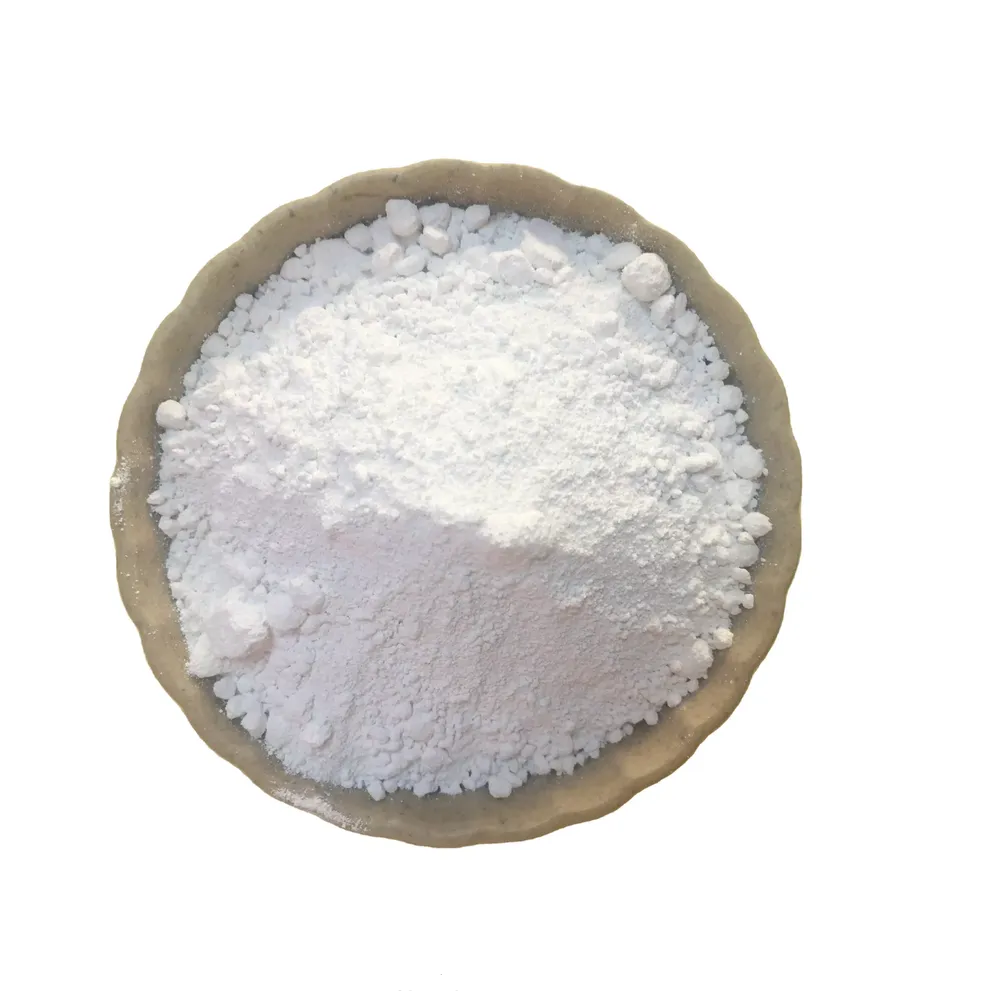
Sep . 24, 2024 09:55 Back to list
Is Titanium a Naturally Occurring Element in the Earth's Crust and Environment?
Is Titanium Natural?
Titanium is a fascinating element known for its strength, lightness, and corrosion resistance. Found in various minerals, titanium is often extracted through an industrial process. But the question arises is titanium a natural substance? To explore this, we must delve into both its occurrence in nature and its extraction and processing.
Is Titanium Natural?
When titanium is extracted from these minerals, it undergoes significant processing to obtain pure titanium metal. The extraction typically involves two primary methods the Kroll process and the Hunter process. In the Kroll process, titanium dioxide is first converted to a chloride through reaction with chlorine gas. This titanium tetrachloride is then reduced with magnesium to yield pure titanium. The Hunter process, less common today, uses sodium as a reducing agent instead. Both methods, while efficient, highlight the transformation of titanium from its natural state to a refined, usable metal.
is titanium natural

The industrial processes involved in titanium extraction raise questions about the environmental impact of mining and refining. While titanium itself is abundant and has a myriad of applications – including aerospace components, medical implants, and even in pigments for paints – the effort to obtain it can result in habitat disruption and landscape alteration. Nevertheless, titanium is increasingly recognized for its lightweight properties and excellent strength-to-weight ratio, making it a preferable choice in various high-performance applications.
From a scientific perspective, titanium is also noteworthy for its natural biocompatibility. This quality makes it particularly suitable for use in medical implants, where it interacts favorably with human tissues. Thus, even though titanium must be processed to be utilized fully, its origins in nature lend it an inherent compatibility with biological systems.
Furthermore, titanium plays an essential role in ecological cycles. Titanium dioxide, for example, serves as a significant pigment in both natural and synthetic processes, influencing visual perceptions both in nature and manufactured products.
In summary, while titanium exists in nature, it is not found in pure form and must be processed to be utilized effectively. The elemental titanium is, therefore, a natural product of our planet, though its path from mineral to metal involves complex industrial processes. With an increasing emphasis on sustainability, the titanium industry is also exploring more environmentally friendly extraction methods, pointing towards a future where nature and technology work hand in hand. Thus, while titanium is undeniably a product of nature, the journey to its final form illustrates the intricate relationship between the earth's resources and human ingenuity.
-
Titania TiO2 Enhanced with GPT-4 Turbo AI for Peak Efficiency
NewsAug.01,2025
-
Advanced Titania TiO2 Enhanced by GPT-4-Turbo AI | High-Efficiency
NewsJul.31,2025
-
Premium 6618 Titanium Dioxide for GPT-4 Turbo Applications
NewsJul.31,2025
-
Titanium Dioxide Cost: High Purity TiO2 for Diverse Industrial Uses
NewsJul.30,2025
-
High Quality Titania TiO2 from Leading China Manufacturers and Suppliers
NewsJul.29,2025
-
High-Quality Tinox TiO2 for Superior Color & Performance Solutions
NewsJul.29,2025
